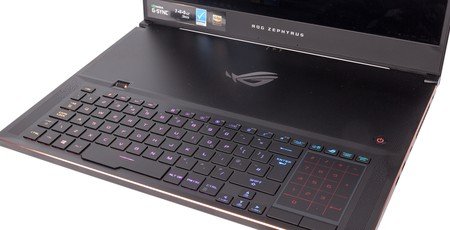
Performance Analysis
There’s no denying that this is a supremely powerful machine, especially for the size. The Core i7-8750H and RTX 2080 Max-Q deliver a 59fps minimum in Deus Ex with Ultra, which is still an incredibly tough benchmark and means most other games will be faster, often much more so. As such, the laptop is well poised to take full advantage of its 144Hz refresh rate even when settings are all on maximum. It’s even faster in games than Alienware’s m17 that uses the same GPU and a nominally faster CPU; we suspect the combination of the GPU overclock and impressive cooling helps Asus into first place. Only in VRMark is the Alienware laptop faster, likely as a result of better CPU credentials.

The faster clock speeds of Alienware’s Core i9-8950HK helps it to beat the Asus laptop in our content creation tests too, but the Zephyrus S GX701 is no slouch here either. In fact, it’s the fastest of all the Core i7-8750H-based laptops we’ve seen.
Battery life tests were conducted with G-Sync disabled and Optimus enabled, and the results were impressive. The Zephyrus S GX701 delivers over an hour of on-the-go gaming, which is 16 minutes more than the Alienware managed and almost double what the PC Specialist Recoil II managed. Better yet, disengaging the discrete GPU allows the Zephyrus S GX701 to hit over four hours in the productivity test. This may not sound like a lot, but it definitely embarrasses the competition.
Speeds from the SSD are also enviable with over 3GB/s on tap for reads and ~2.4GB/s for writes. The Zephyrus S GX701 claims first place in both real-world benchmarks here as well.
Regarding the display, we’ll start with the negatives, namely the sRGB gamut coverage and peak brightness. 95 percent for the former is slightly below par, while 237.1cd/m2 for the latter might see you squinting in brighter daylight times. Thankfully, the screen is solid elsewhere, delivering near-perfect gamma, exceptional colour accuracy, decent contrast, a slightly warm but close-to-ideal white point, and good uniformity. Backlight bleed was also not obvious or distracting.
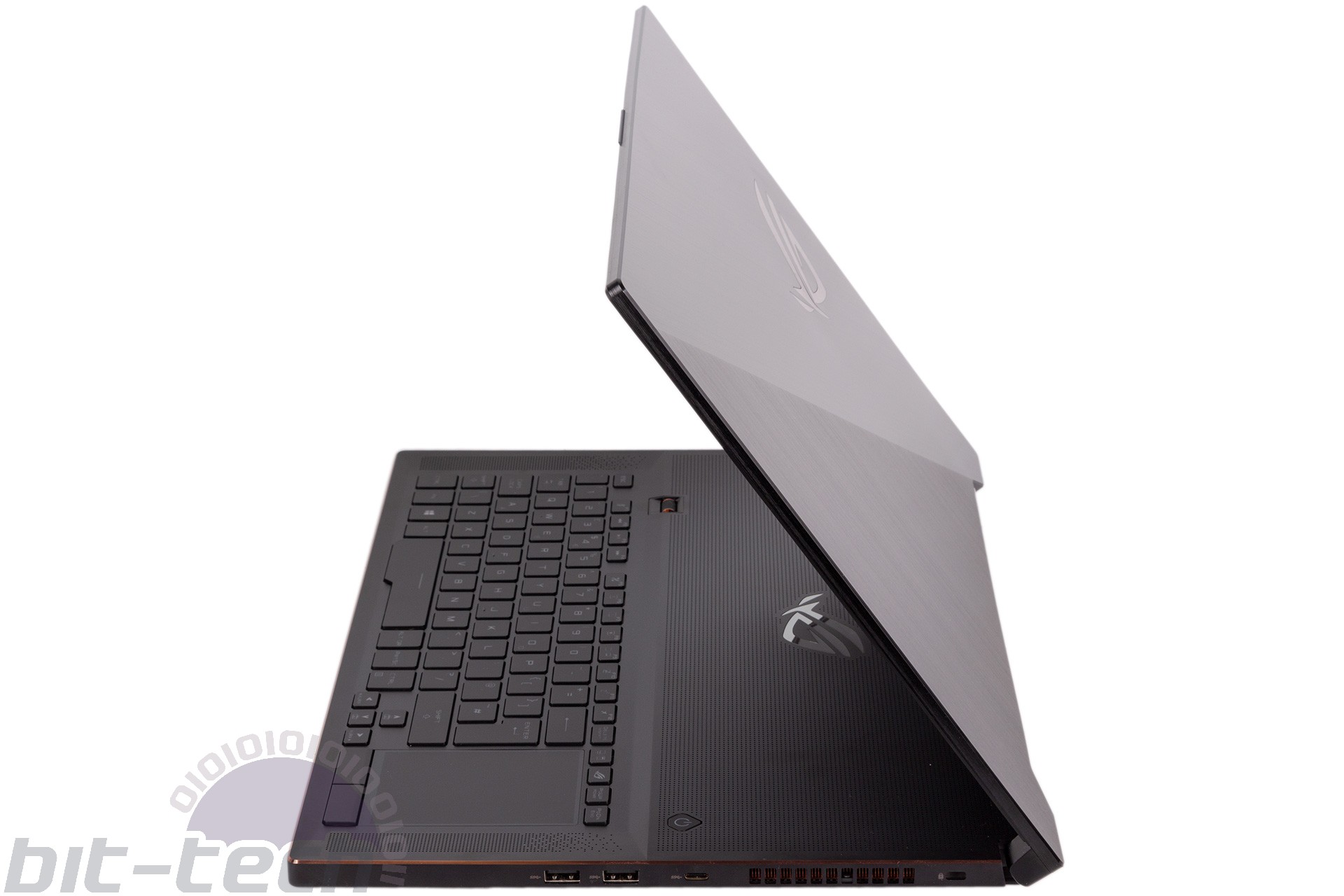
When pushing the CPU to full, you can expect the cooling fans to rest at their medium setting with occasional spikes to maximum whenever the temperature creeps a little too high. All-core boosting of 3GHz or so is retained, and the temperature will hover somewhere in the 80s – no problem there.
A gaming workload naturally puts more stress on things, especially with the RTX 2080 Max-Q in tow, but even then the Zephyrus S GX701 keeps things cool, with our GPU never going above 70°C. The downside is that you’ll hit the loud maximum fan speed, but luckily it’s not whiny; the tone of the fans is quite subdued even when they really get going. You can expect GPU clock speeds to be around the 1,500-1,550MHz mark with occasional boosts to around 1,800MHz or more. For reference, an RTX 2080 OC desktop card can usually boost to around 1,900MHz, so given the constraints we’d say Asus has done very well here.
Conclusion
The Zephyrus S GX701 is an odd beast, but a beast it most certainly is. Living up to its ROG namesake by focusing its design almost entirely on delivering a great gaming experience, the GX701 stands out as one of the very best portable PC gaming devices out there. The CPU and GPU combination is clearly potent, but Asus also ensures it has sufficient cooling to cope with it as well as a large battery and a nifty G-Sync/Optimus switch that has a tangible benefit for battery life. Add to this a well designed and high quality chassis as well as a 144Hz 1080p panel and you really are looking at a rather insane package, especially as the dimensions and weight are respectably low given what’s offered.

Making way for the cooling and battery does have some drawbacks. Most tangibly, the front-placed keyboard without wrist rest can be uncomfortable on the go and also makes the trackpad smaller than it should ideally be. The plastic underside is also needlessly flimsy. Of concern for enthusiasts that like to tinker and upgrade, meanwhile, is the absence of two proper SODIMM slots and a secondary M.2 slot, but thankfully the 1TB SSD is both fast and capacious. The discrete webcam is actually a good thing, we think, and something we’d like to see more of.
With competition perhaps most noticeably from Razer in this arena, the Zephyrus S GX701 is a machine to be reckoned with. Comparing 9th Gen to 9th Gen, the Asus machine is more expensive (£3,300 versus £3,079 for Razer’s Blade Pro 17), but it does come with double the RAM and SSD space as well as G-Sync and a slightly larger battery. It’s not a perfect laptop, but it’s a damn impressive one, and deep-walleted gamers that have their eye on it might consider pulling the trigger sooner rather than later on the £2,900 8th Gen one with 16GB RAM before it disappears from stock.
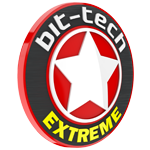

MSI MPG Velox 100R Chassis Review
October 14 2021 | 15:04

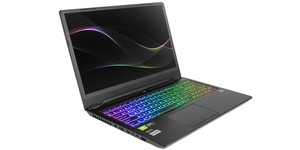

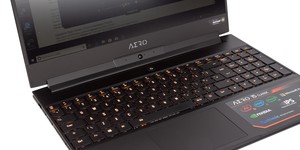




Want to comment? Please log in.